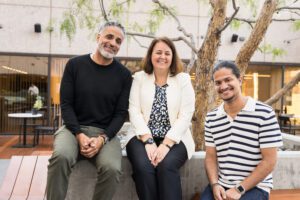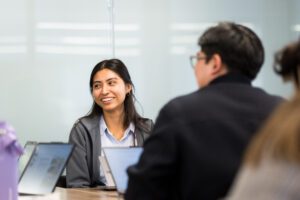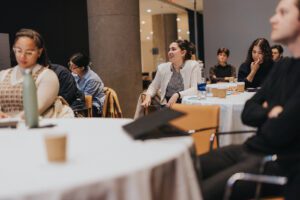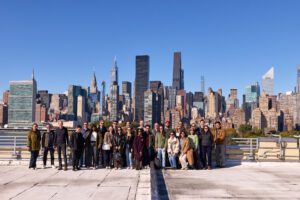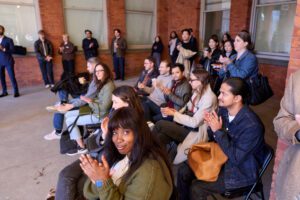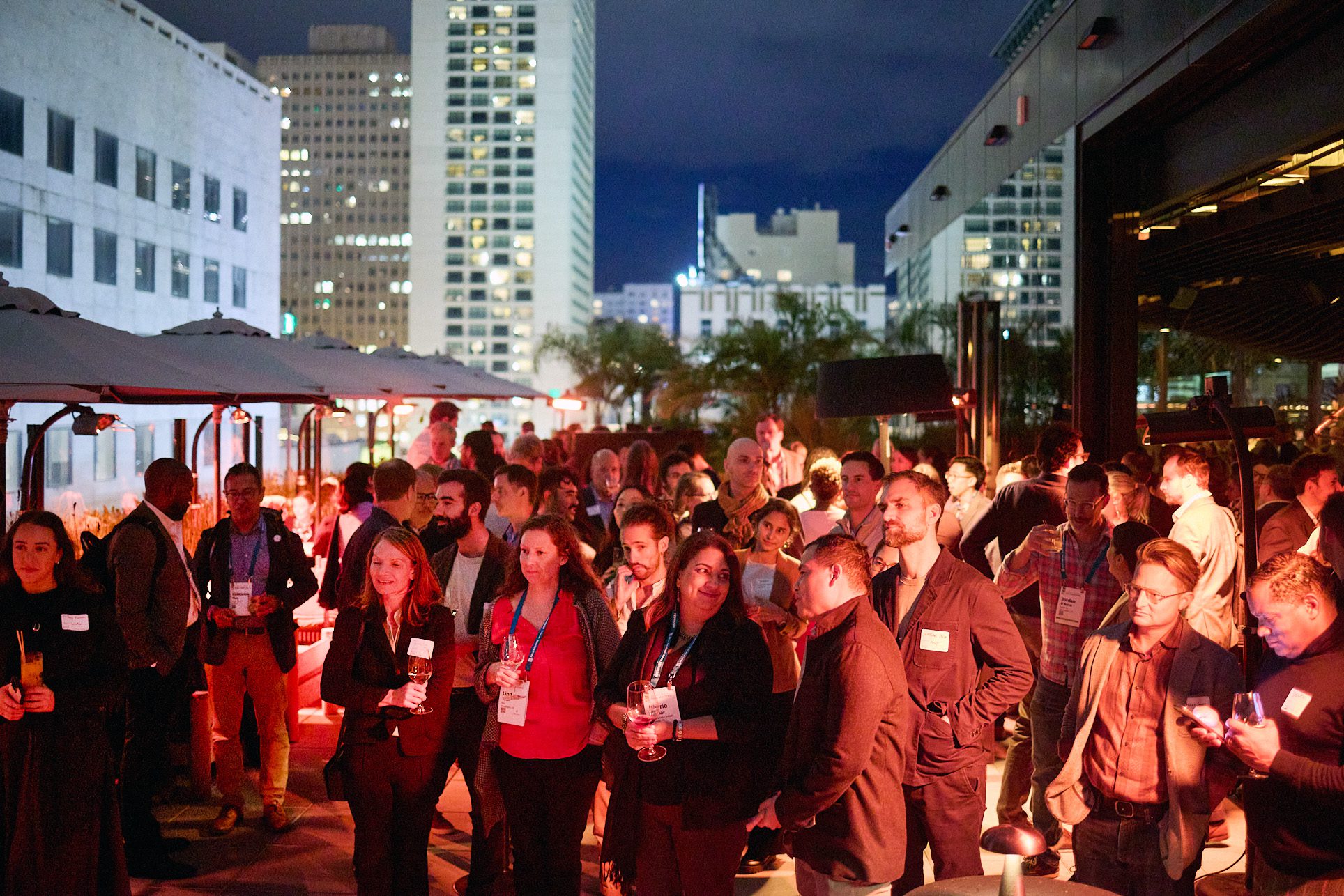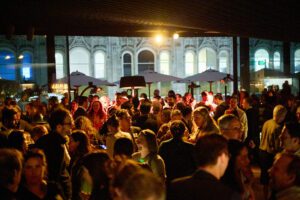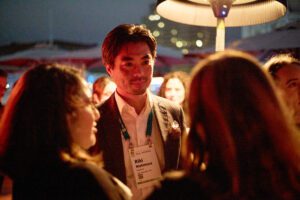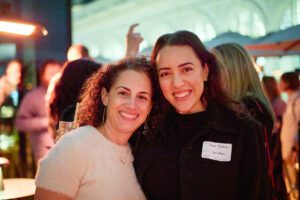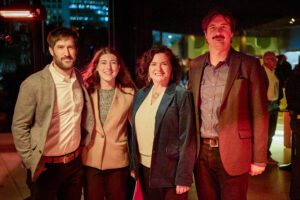We caught up with CEO Jeff Hébert and Managing Partner Kate Collignon to talk about HR&A’s new Bay Area office, what makes the region special, and how the firm’s work is shaping what’s next for cities across Northern California and beyond.
Why did HR&A open an office in the Bay Area?
Jeff: As we approach our 50th anniversary in 2026, we’re expanding our presence in California with a new office in San Francisco. Though we’re currently headquartered in New York, our company was founded in California with a decades-long presence in Los Angeles, and this new location builds on years of work across the Bay Area and the country.
Having a physical presence in the cities where we work, with employees who live in the communities they serve, is essential to how we do business.
California has the largest economy in the country and the fourth largest in the world. To serve its communities and clients well, we need to be close to the work. We have strong relationships here, a talented team, and a shared belief in the strength of the Bay Area — a 21-county mega-region.

Kate: This moment is especially meaningful for me since I was born in the East Bay, so I’ve always seen the relationship between Northern California and the national economy. We’ve had the pleasure of working with leaders from every sector in the Bay Area, and their collaboration is what drives progress. Our new office on Market Street in San Francisco puts us at the center of that energy and reflects our commitment to Downtown’s revitalization and the region’s future.
A big part of the equation is also that the Bay Area has long attracted our team members — before and after their time with HR&A. This office expands our ability even further to provide the caliber of talent that our clients expect from us.
You have both worked in cities across the country. What are some of the unique challenges and opportunities in the Bay Area compared to other metro regions?
Jeff: One of my projects early on in my career was in Emeryville, and I spent about a year living and working in the Bay Area, getting to know how cities here really function. I quickly learned that the Bay Area is really a network of places, each with its own history and priorities. That mix creates both complexity and opportunity. It’s a region where collaboration isn’t optional. From county governments and city agencies to nonprofits, community leaders, and Fortune 100 companies, and especially SPUR, progress here depends on bringing people together across boundaries. That’s one of the things I’ve always admired most about this region.

Kate: One of the things that makes working in the Bay Area particularly exciting right now is that it’s driving innovation around a lot of the policy issues we’re grappling with across the country. This region is often the first place to feel the pressures shaping cities everywhere, whether its housing affordability, the impact of tech and AI, climate change, and questions of equity and inclusive growth. It offers incredible livability and economic opportunity, but it also highlights the same challenges that we’re helping cities tackle across the country.
What value can HR&A bring to the Bay Area?
Kate: There are three things I keep hearing from clients about what differentiates HR&A.
1. We can draw on lessons learned from our work in other cities. Beyond our work in the Bay Area and the West Coast, we’ve been working in cities nationwide to find new solutions to some of the most critical topics of our time like economic development, climate change, and housing and homelessness. While there are a lot of innovative strategies in the Bay Area, there are also important best practices to draw on from places across the country.
2. We bring strong capacity across real estate advisory and economic development, but also core competencies beyond that like inclusive governance, the innovation economy, housing policy, digital opportunity, and resilient infrastructure — all incredibly relevant to what’s going on in the region.
3. We can serve as an extension of our clients’ teams at the negotiating table. We’re great at generating market analysis and providing the data that property owners, investors, economists, and cities need to understand how to shape their future. However, we also bring expertise and capacity for helping clients move forward with partners to make that future a reality.

What are your aspirations for the future of this region?
Kate: We’ve had the opportunity to work on some incredible projects in the Bay Area — from work supporting the creation of Diridon Station in San Jose; procuring a facility manager and programming partner for the Transbay Terminal and Salesforce Park; advising on opportunities for office conversion and downtown revitalization in San Francisco; working with the cities of South San Francisco and Hayward to mitigate displacement risks for current residents and businesses as they pursue growth; supporting both UC Davis and UC Santa Cruz in their individual efforts to fuel innovation near their campuses. I want to keep doing even more of this work.
Jeff: I’m excited about the culture of innovation in the Bay Area — a culture that really matches HR&A’s energy. What makes HR&A special is how we combine national expertise, local understanding, and deep knowledge about how the public, private, and philanthropic worlds intersect to shape the future of cities. While we bring that experience to the Bay Area, there are lots of things that happen here that don’t happen anywhere else in the country. I think there’s an opportunity for a really wonderful exchange of ideas.














